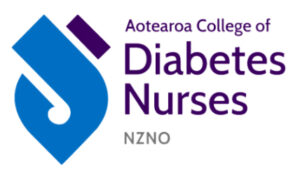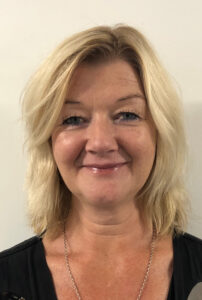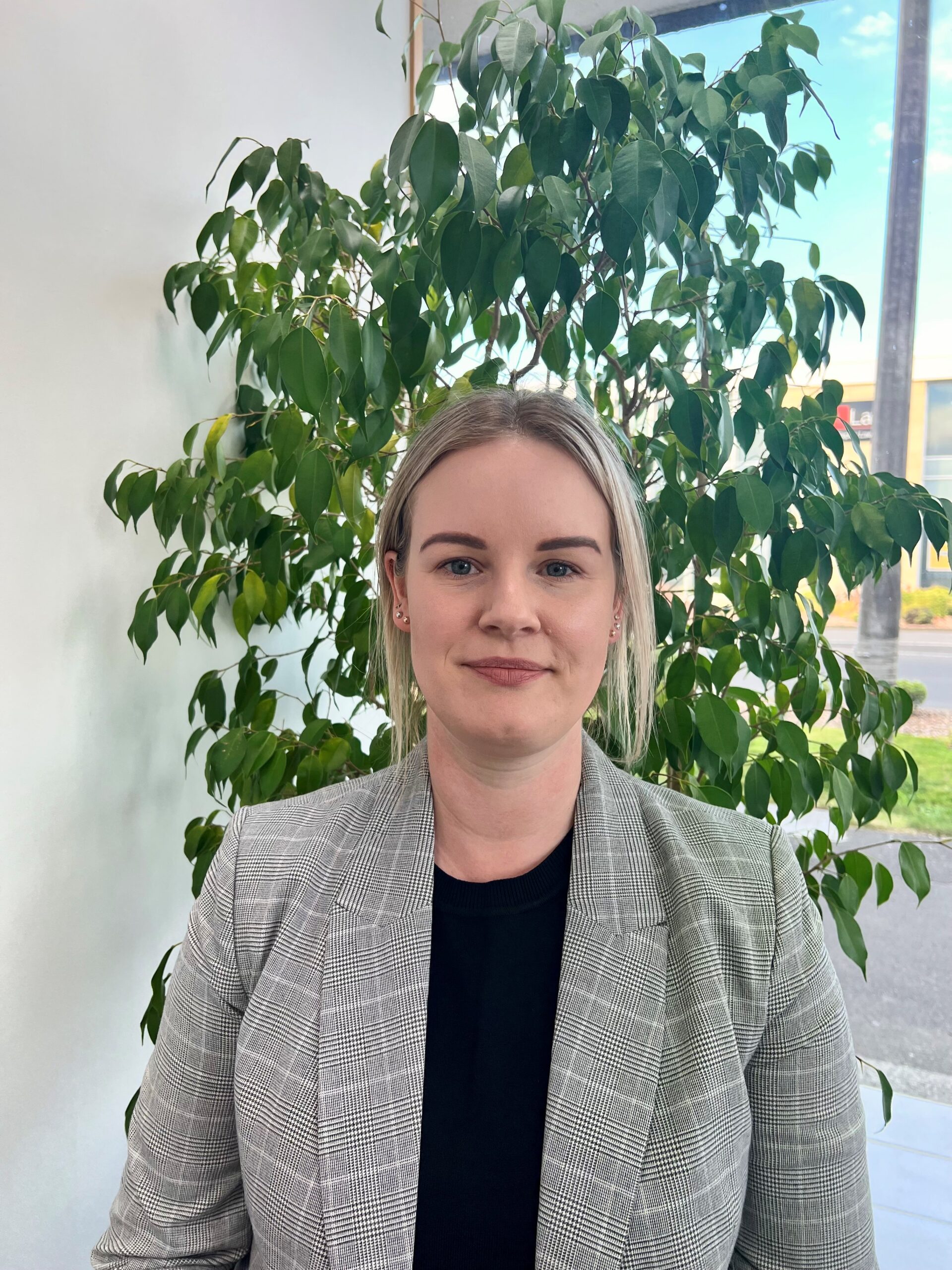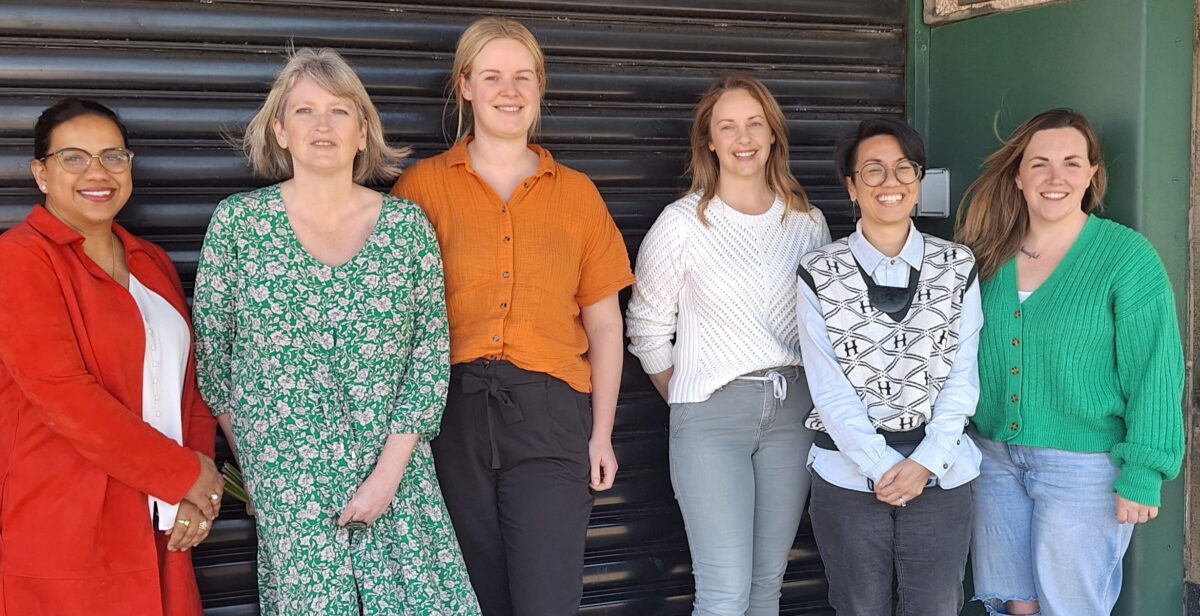 When setting the college’s annual strategic plan a year or so ago, the committee and I decided to focus on five key objectives: To develop a post-graduate study grant for Māori and Pasifika registered nurses (RNs), to promote consistency in pay scales across our members, to contribute to a national diabetes workforce document for secondary care diabetes services, to update our national diabetes nursing knowledge and skills framework, and to propose updates to the medicines list for RN prescribers.
When setting the college’s annual strategic plan a year or so ago, the committee and I decided to focus on five key objectives: To develop a post-graduate study grant for Māori and Pasifika registered nurses (RNs), to promote consistency in pay scales across our members, to contribute to a national diabetes workforce document for secondary care diabetes services, to update our national diabetes nursing knowledge and skills framework, and to propose updates to the medicines list for RN prescribers.
College wins broader prescribing rights
In 2022, in response to a global supply issue for Dulaglutide (brand name Trulicity), a treatment for type 2 diabetes, Pharmac decided to fund Liraglutide (brand name Victoza) as an alternative.
Unfortunately, Liraglutide was not on the Nursing Council’s list of medications able to be prescribed by RN prescribers in primary health and specialty teams. Glucagon-like peptide-1 receptor agonists (GLP1RA), such as Dulaglitide and Liraglutide, are recommended second-line diabetes medications to be used in patients with existing cardiovascular or renal disease, or those at high risk of cardiovascular disease.
Both Dulaglitide and Liraglutide have strong evidence in improving glycaemia, reducing mortality from cardiovascular events and renal disease progression, and lowering weight.
However, access to Dulaglitide became extremely limited late 2023, with patients needing to be switched to Liraglutide. Given RN prescribers were unable to prescribe Liraglutide, it created significant challenges.
Given the increased prevalence of type 2 diabetes and cardiovascular disease in Māori and Pasifika populations, this created a significant barrier for these populations to continue accessing appropriate GLP1 receptor agonist therapy.
With the availability of GLP-1 receptor agonists likely to further change in future as global supply issues evolve, and alternate medicines are made available by Pharmac, we approached the Nursing Council to strongly recommend that medicines be listed by class, rather than names, on the RN prescribing list.
We also proposed a class listing for sodium glucose co-transporter 2 (SGLT2) inhibitors, to prevent similar issues occurring when SGLT2 inhibitors other than Empagliflozin (brand name Jardiance) become available.
Fortunately our efforts paid off, with both GLP1 receptor agonists and SGLT2 inhibitors being updated and listed medication classes within the RN prescribing medicines list from August 2024. It has meant RN prescribers are now able to prescribe all funded GLP1 receptor agonists available, and has future-proofed the list for when additional medications become available.
At the forefront of our minds is always the person with diabetes, their whānau, and the communities we work within.
We have also been more vocal as a professional nursing body, providing submissions on a range of consultations, including a Pharmac insulin pump and continuous glucose monitoring proposal; prescription medicines co-payments; a Ministry of Health – Manatū Hauora proposal to increase prescribing duration and, most recently, Pharmac’s proposal to fund Ryzodeg insulin.
At the forefront of our minds is always the person with diabetes, their whānau, and the communities we work within. So our objectives are a combination of things that impact the diabetes nursing workforce, as well the people with diabetes. Fortunately we have been able to actualise some of our goals!
More Māori and Pacific diabetes nurses needed
Sadly, our specialist diabetes nursing workforce does not mirror society. Māori and Pacific people have increased prevalence of type 2 diabetes, and as a college we recognise how it important it is for patients to access culturally appropriate expert care.
One way we can help is through postgraduate study funding.
Many members describe reduced access to professional development funds from Te Whatu Ora — Health New Zealand, which is concerning.
Becoming a specialist diabetes nurse requires postgraduate study. A minimum of a postgraduate diploma is needed to apply for RN prescribing in primary health care and specialty teams. Last year we worked with NZNO kaiwhakahaere Kerri Nuku to develop a Māori and Pacific nurses postgraduate study grant.
Our next goal is to generate profit from an annual study day to be able to continue to provide this grant long-term.

Specialist diabetes services understaffed ‘everywhere’
The New Zealand Society for the Study of Diabetes developed a document, authored by diabetes NP Helen Snell and health researcher Claire Budge, to report on roles and full time equivalent (FTE) recommendations for the specialist diabetes workforce in New Zealand.
Invited to contribute, our college provided information on the roles and responsibilities of nurse practitioners (NPs) and diabetes nurse specialists in providing multidisciplinary specialist care.
Not a single service has the recommended number of staff — whether it was for children and youth, adults, inpatients or diabetes in pregnancy.
Measuring the existing diabetes workforce against what is recommended – nationally and internationally – the report makes for sombre reading, identifying a huge lack of resource and under-staffing across all specialist hospital diabetes services around the country.
Not a single service has the recommended number of staff — whether it was for children and youth, adults, inpatients or diabetes in pregnancy.
My own pathway into diabetes nursing

I am Manawatū-born and raised, having been born at Palmerston North Hospital, my current workplace. I started my nursing career as a new graduate in the Palmerston North Hospital medical assessment planning unit, and had an excellent charge nurse, Debbie Perry.
I was supported into a diabetes resource nurse role, and from there had the opportunity to apply for a part- time position at the diabetes and endocrinology Service. That transitioned into full time work as a diabetes nurse specialist.
My nurse lead, Helen Snell (recognised in this New Year’s honours for services to diabetes and nursing), has been an outstanding mentor, and supported my Master of Nursing study, including completing the NP training programme.
I have now been an NP for just over five years, and thoroughly enjoy working within a great multidisciplinary team, with young people, adults, and pregnant women with diabetes across our rohe.
It was also Snell who encouraged me to join the college back in 2018, initially as an accreditation coordinator, then chair from 2023.
I have learnt so much in this time and our committee has a great blend of nurses, including nurse specialists and NPs from both primary and secondary care settings. I’m proud of our mahi as a college over the past couple of years, and look forward to following the work of the committee after I complete my term in May following our AGM.
Fairer RN prescribing remuneration
Diabetes nurses were the pioneers of RN prescribing in New Zealand in 2012, after a pilot led by Helen Snell in 2011. Diabetes nurse prescribing was proven to be safe, and to improve access to care and medicines for the many people living with diabetes in Aotearoa.
Our prescribing success led to RN prescribing in primary and community health and specialty teams being supported by the Nursing Council.
A previous committee member, Solita Donnelly, developed a survey for our Te Whatu Ora members which identified disparities in pay rates for diabetes nurse specialists across Aotearoa.
RN prescribing comes with increased responsibility and professional development requirements, as well as improving care to people with diabetes, so we will always advocate for this to be recognised.
Of the 59 nurse specialists with RN prescribing authority who responded, 64 per cent advised their salary was the same as non-prescribing colleagues. Only 36 per cent reported being on a higher step of the senior nurse pay scale as a prescriber — a third of whom achieved this via JERC ( job evaluation review committee — an agreed NZNO-Te Whatu Ora approach to ensure pay consistency).
Nursing Council data showed the main workplace for 266 RN prescribers was Te Whatu Ora (hospital and/or community) at March 31, 2024.
This data, and the survey findings, were provided to NZNO industrial advisor David Wait. As a result, RN prescribing remuneration was added as a claim to the current NZNO-Te Whatu Ora collective agreement bargaining.
While negotiations are ongoing, it was a really positive step to have these pay disparities acknowledged. RN prescribing comes with increased responsibility and professional development requirements, as well as improving care to people with diabetes, so we will always advocate for this to be recognised.
National knowledge and skills framework
Our 2018 knowledge and skills framework is overdue for its five-yearly review, so has been a work in progress for the past 12 months to update. We hope to have the document finalised this year, including expert and patient reviewing.
This framework is used within our accreditation programme, so it is timely that our accreditation coordinator and committee member, Bryan Gibbison, is also reviewing the accreditation process. We are hoping to encourage uptake and for the process to be less arduous for nurses to maintain their proficient or specialist diabetes nursing practice.
Diabetes at a glance
Diabetes mellitus (mate huka) is a long-term condition affecting increasing numbers of people and their whānau around the world. It takes various forms, the two most common being type 1 (T1DM) and type 2 (T2DM). Additional types include gestational diabetes and much rarer forms such as monogenic diabetes, steroid-induced diabetes, and diabetes caused by other conditions such as cystic fibrosis, pancreatic cancer or pancreatitis.
Diabetes affects many body systems and, over time, can damage blood vessels in the heart, eyes, kidneys and nerves. This puts people with diabetes at greater risk of a range of health events and comorbidities.
Due to the complexity of diabetes and its management, a multidisciplinary team approach to care is needed to address the various impacts of diabetes on physical, mental, social and spiritual wellbeing. Therefore, a holistic approach based on Māori models of health is recommended by the Ministry of Health, Manatū Hauora. This requires the involvement of an appropriate range of disciplines in both generalist and specialist practice to address the various facets of the condition.
The number of people with diabetes in the New Zealand population, and worldwide, is increasing. In Aotearoa in 2022 an estimated 43.1 per 1000 population were living with diabetes, a notably higher proportion than the 35.7 per 1000 population reported in 2012. These figures do not apply equally to all population groups. Data from the Virtual Diabetes Register in 2022 revealed that Pacific peoples had the highest rate of diabetes at 122.7 per 1000 population, followed by Indian (103.2 per 1000) and Māori (71.2 per 1000). The lowest estimated rate occurs in the European or other group at 31.2 per 1000.
- From the report: Specialist Diabetes Workforce in New Zealand.



